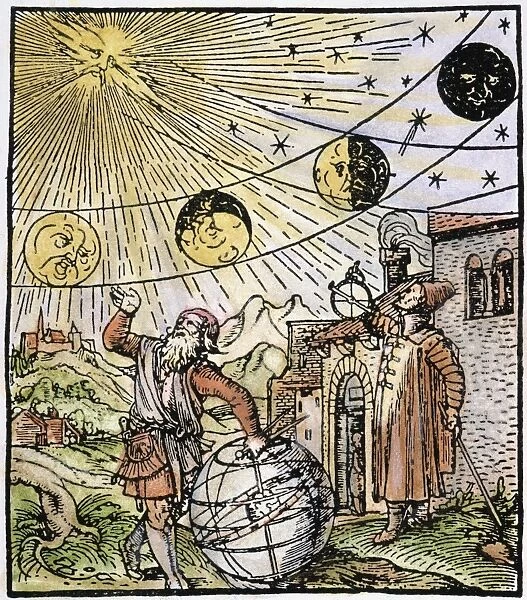
Lunacy, a madness related to the full and dark moons, was once thought to be a precursor to the Taint. Goliath medicine workers have come to rule out a connection between the two ailments. While taint is most common in Inheritance and human territories, lunacy and lycanthropy are most common in Galtain, the Honderreich, and Cuorria. It is almost unheard of among elves and goliaths. That a connection exists between lunacy and lycanthropy is unquestioned: All lycantropes are affected by lunacy--though not all lunatics are affected by lycanthropy.
Taint is a sociological ailment, while Lunacy is a psychological one. While goliath medicine can be adapted to lunacy, it is specifically designed to combat taint.These are several theories regarding the development of lunacy into lycanthropy in some individuals. No one theory is yet understood to be correct. It is possible that all of the following theories bear some amount of truth.
Animal-Self Theory
Particularly popular in Galtain is the animal-self theory. It is a common Galtish belief that every humanoid being possesses an animal-self in addition to their "human" one. No particular animal types are associated with any particular race (not even catfolk). Instead, the nature of the animal-self is personal to everyone--and part of Galtish spirituality is discovering and connecting with this secondary self.According to this theory, a lycanthrope (or werebeast) is anyone who has both awakened their animal-self and developed lunacy. The type of werebeast is a reflection of one's animal-self.
Arcane Curse Theory
The leading suspicion in Granitsa is that lycanthropy is a curse that can be bestowed by a sorcerer, warlock, or wizard. In children's stories, the intent of the curse is often meant only to transform its victim into an animal. However, if the victim is a lunatic (one's whose mental state is affected by the moon--ie, suffering from lunacy), or if the spell is cast during a full or dark moon, the results may be lycanthropy instead.In this case, it is the arcanist's intent that determines the animal form of the werebeast. Often, this form is tied directly to the offense which inspired the curse.
Blood-Borne Disease
Honderreichers champion the third point of view: That lycanthropes are victims of a blood-borne pathogen passed on when a werebeast bites a humanoid. While some people can fight off the disease, others (ie. lunatics) cannot. The latter are doomed to succumb to the disease unless they can be cured of their lunacy before the onset of the next lunar event.Under this theory, each type of werebeast is a different strain of the disease.
Lunacy
Though related to lycanthropy, lunacy is a separate ailment that can exacerbate the development of lycanthropy (as seen in the theories above). A person who suffers from lunacy is properly called a lunatic. While the term lunacy and lunatic are often used to imply mental disorder in general, they refer specifically to the phenomenon of a person's emotional state reflecting the phases of the moon. It is most typically seen as a passionate emotion (positive or negative) growing with intensity as the moon becomes full, and fading again as the moon becomes dark.Observations by the Guild of Fellows (particularly scholars at the High Academy of Sediu and at Vastfurt Academy) have suggested that one in ten humans suffer from lunacy. For elves and rakasta, the statistics show one in five. Conversely, dwarves and gnomes show statistics of only one in 20; and for goliaths the rate is even lower. Before Goliath medicine proved otherwise, it was assumed that all human women suffered from lunacy--but behaviors misunderstood as such were found instead to be tied to that race's reproductive cycle.
The hormone-induced emotional fluctuations caused by menstruation and pregnancy (in any species) has come to be called hysteria. Goliaths, rakasta, and elves recognize these behavior patterns as a natural part of life--and elves even embrace them with their Order of Furies. Humans and dwarves, however, seek to control or even cure hysteria as if it were a variation of lunacy.Should a DM want to actively track the phases of the moon, players may choose to make their characters lunatics. In these cases, inspiration should be awarded when that aspect of their characters is correctly played out. The chance to earn a second instance of inspiration is the only reward of playing with lunacy in game--unless a character should also contract lycanthropy.
No comments:
Post a Comment